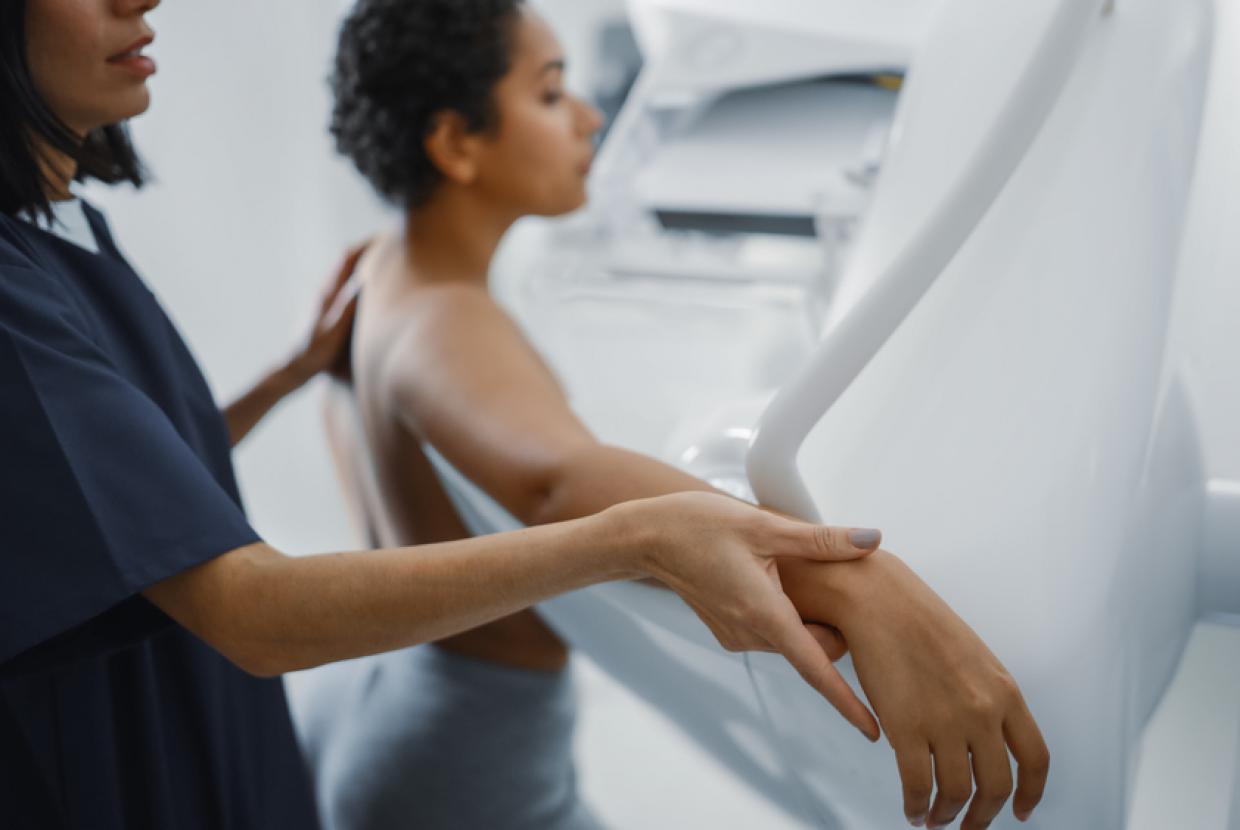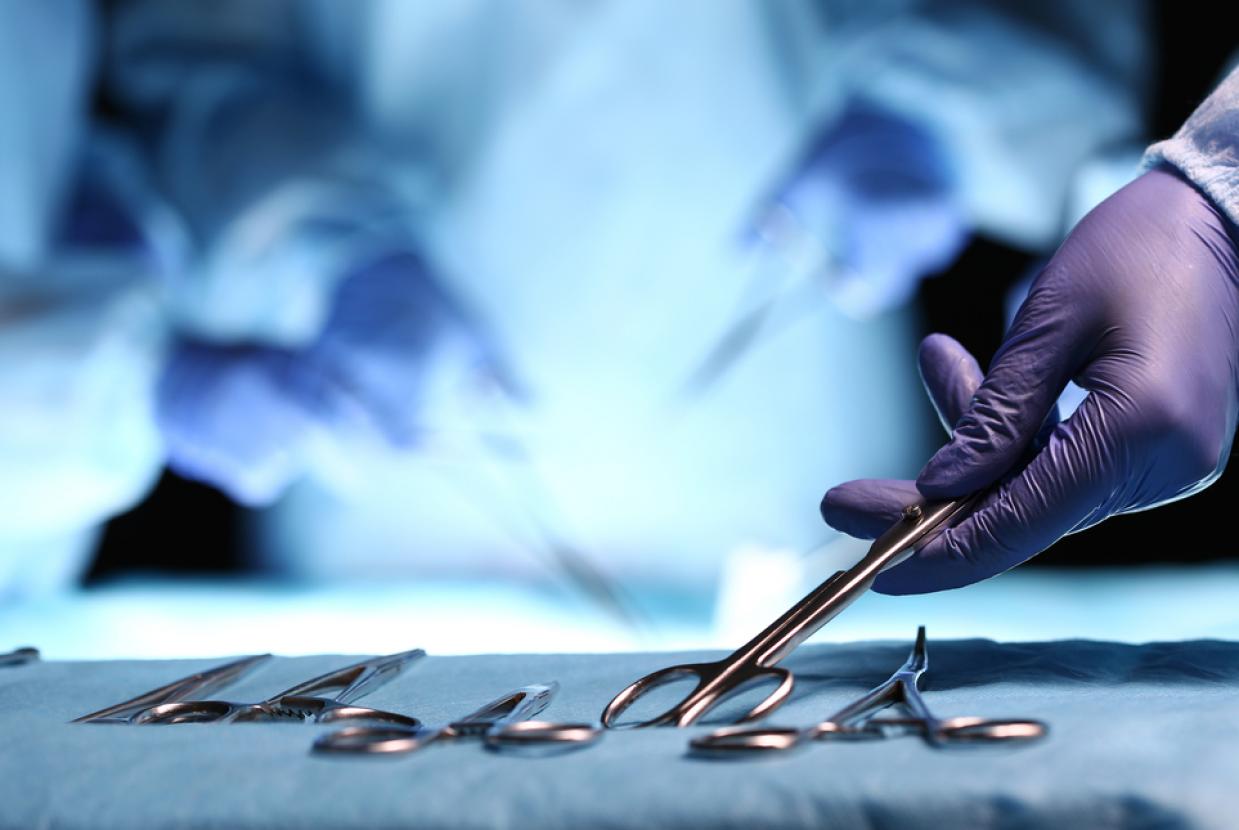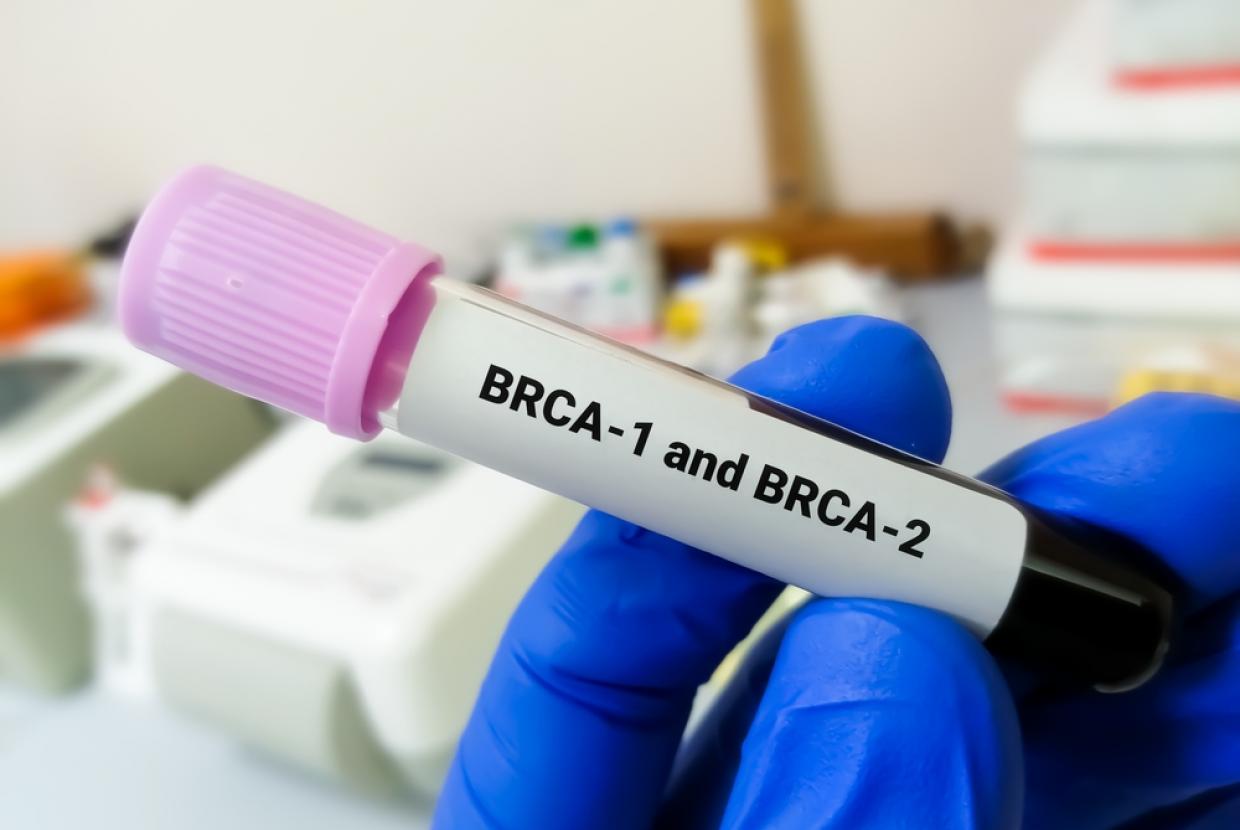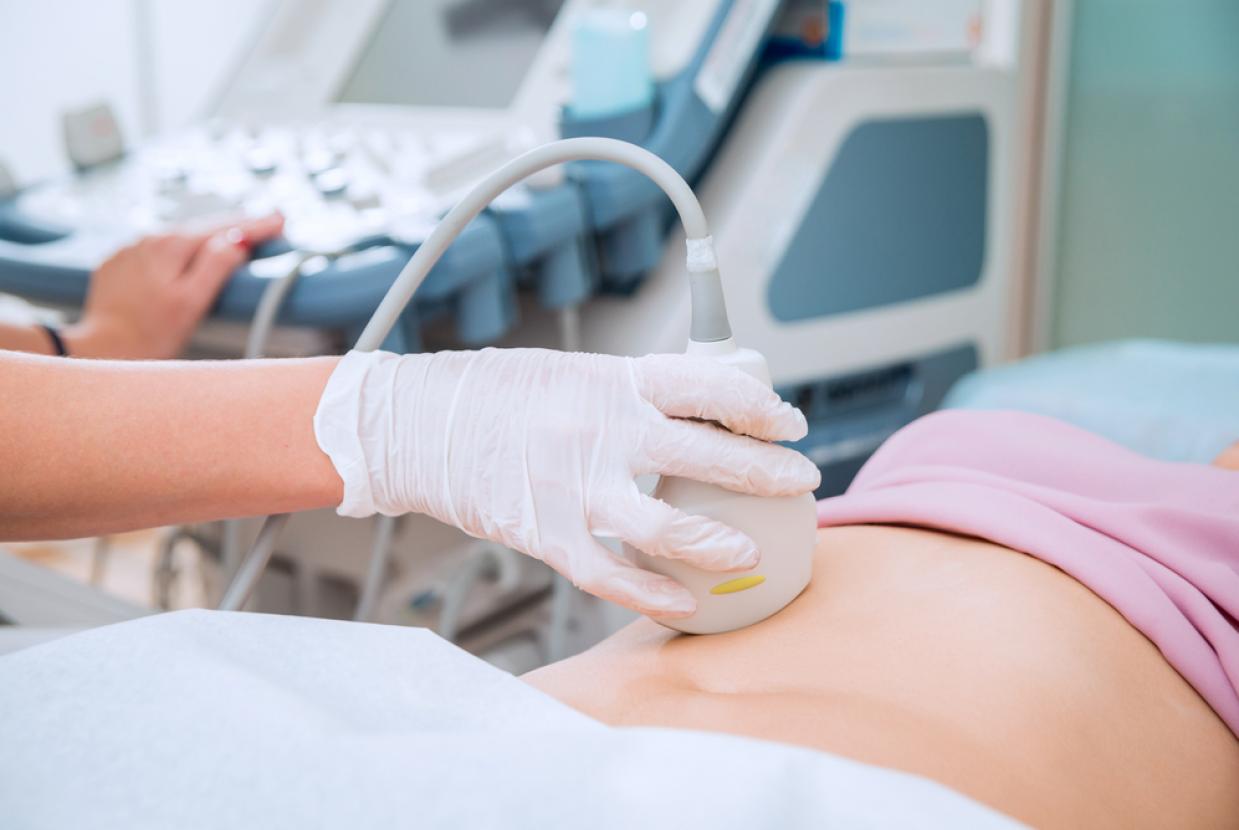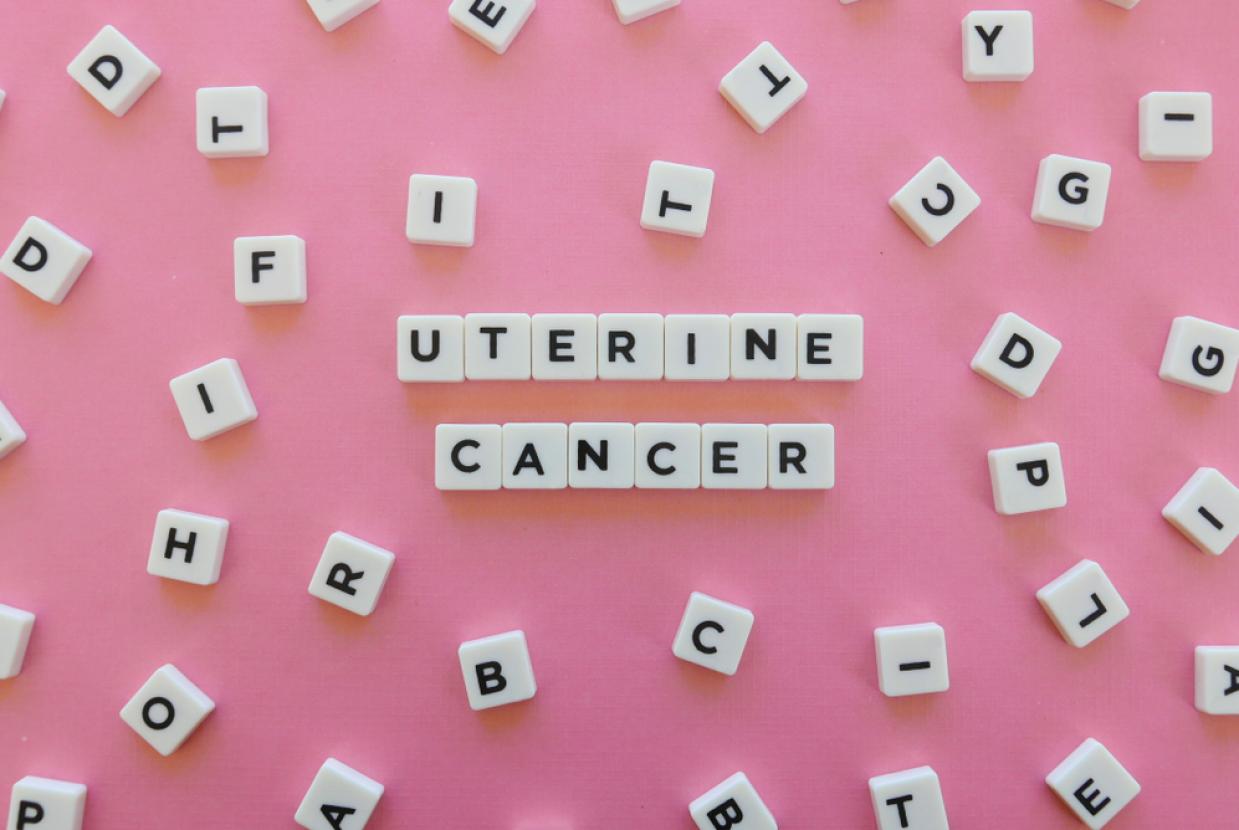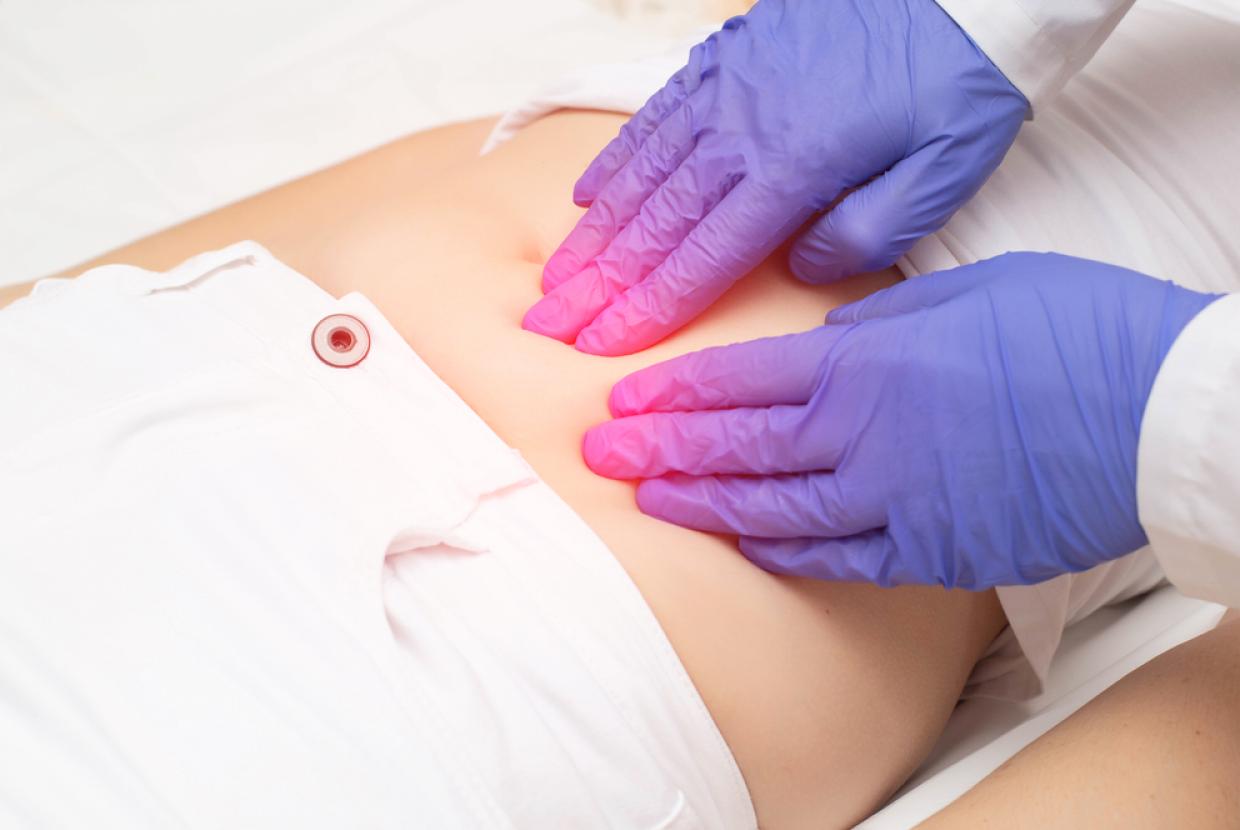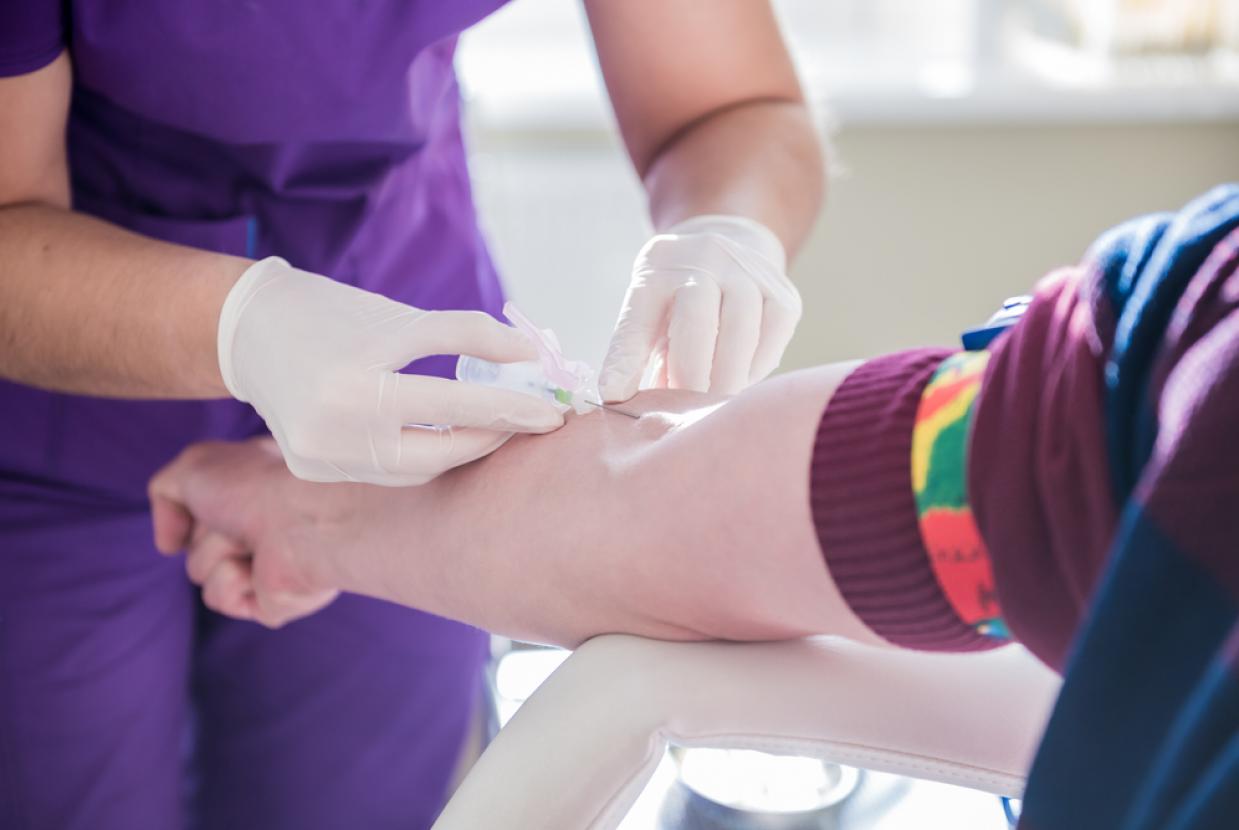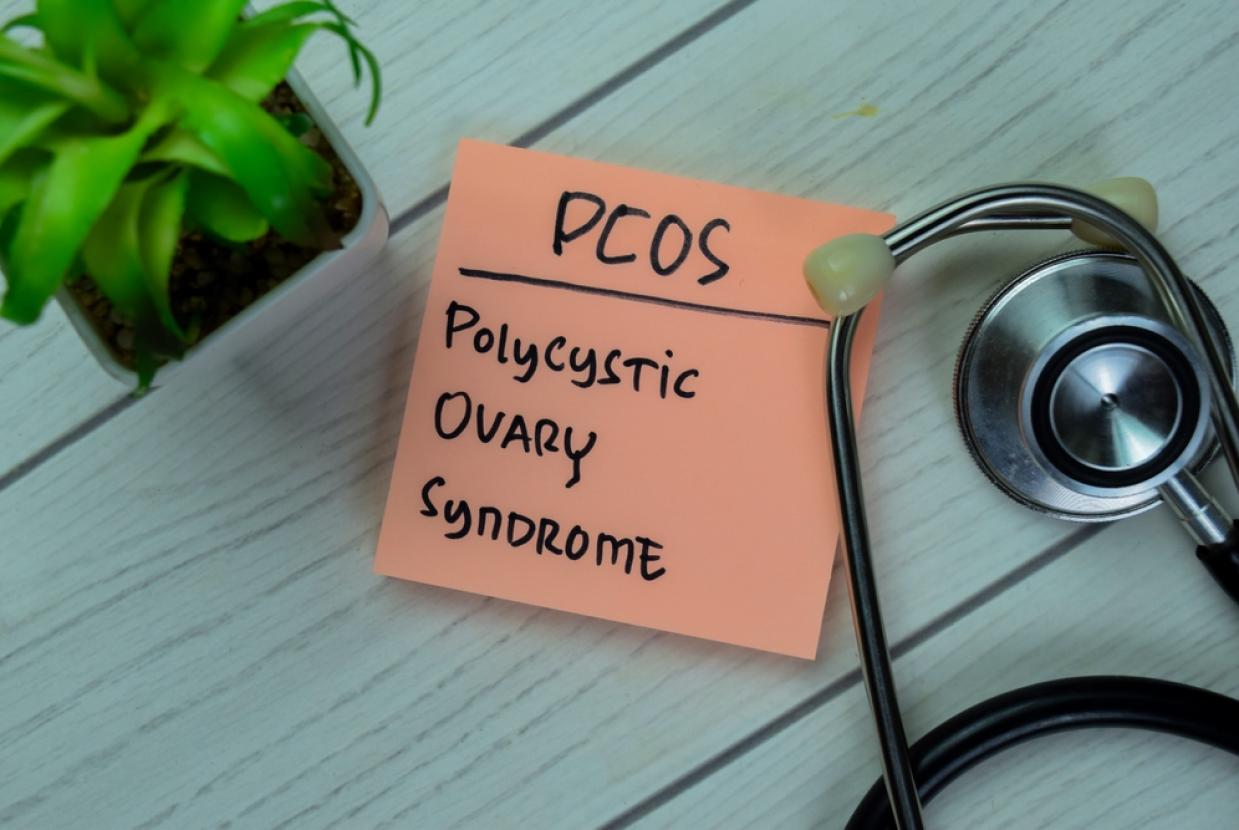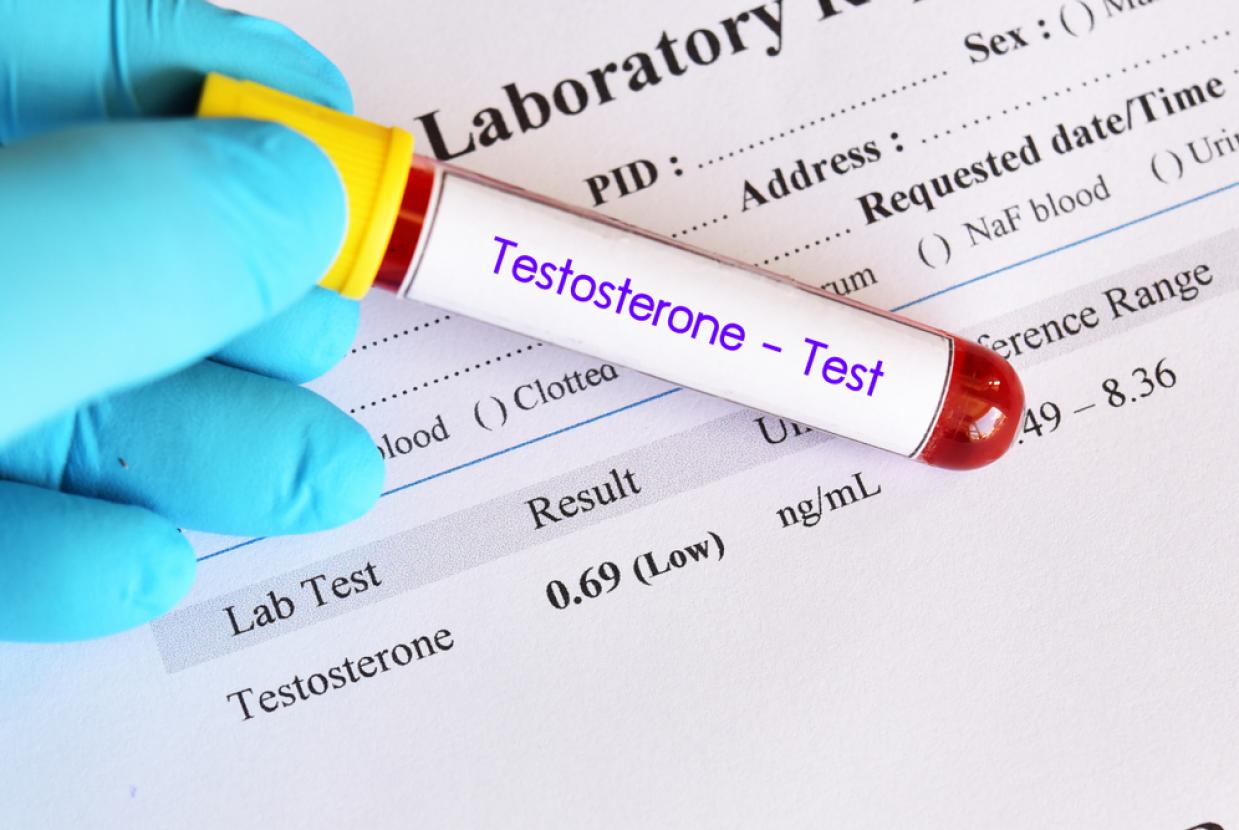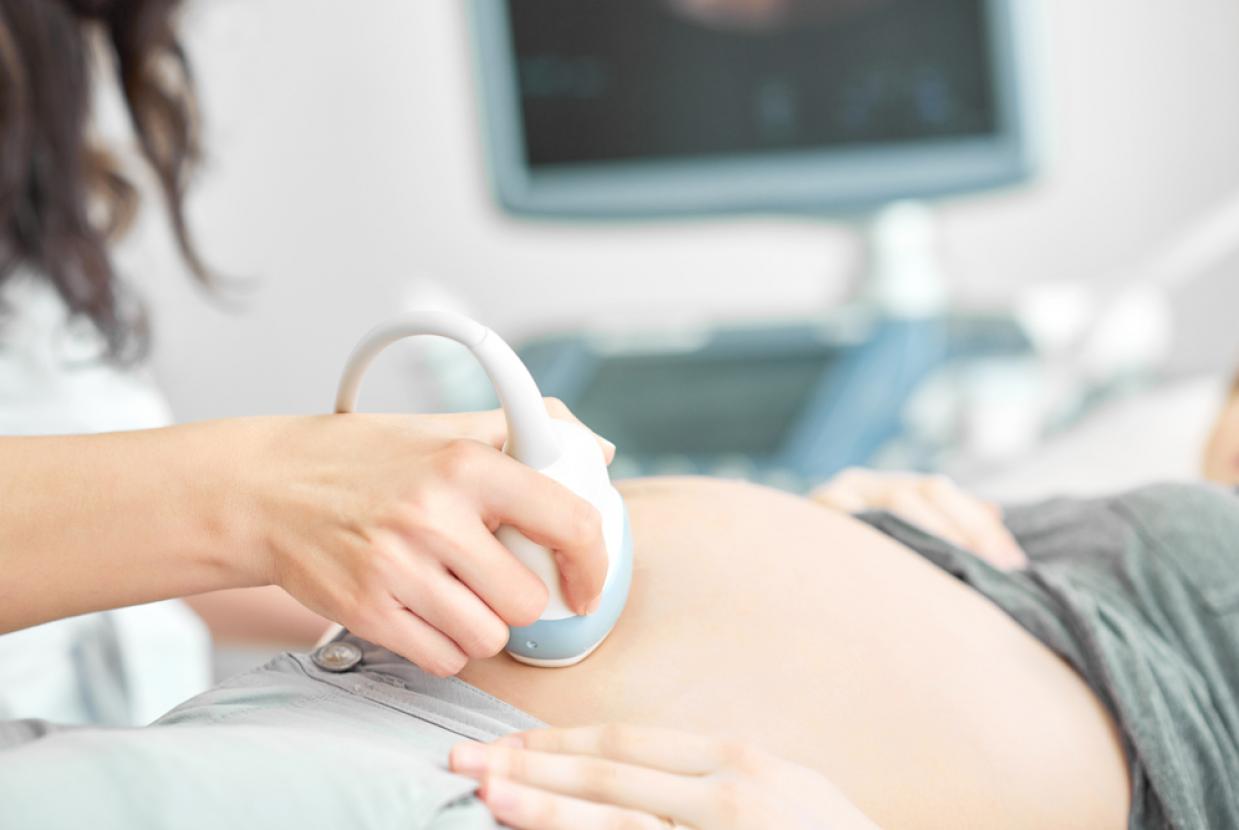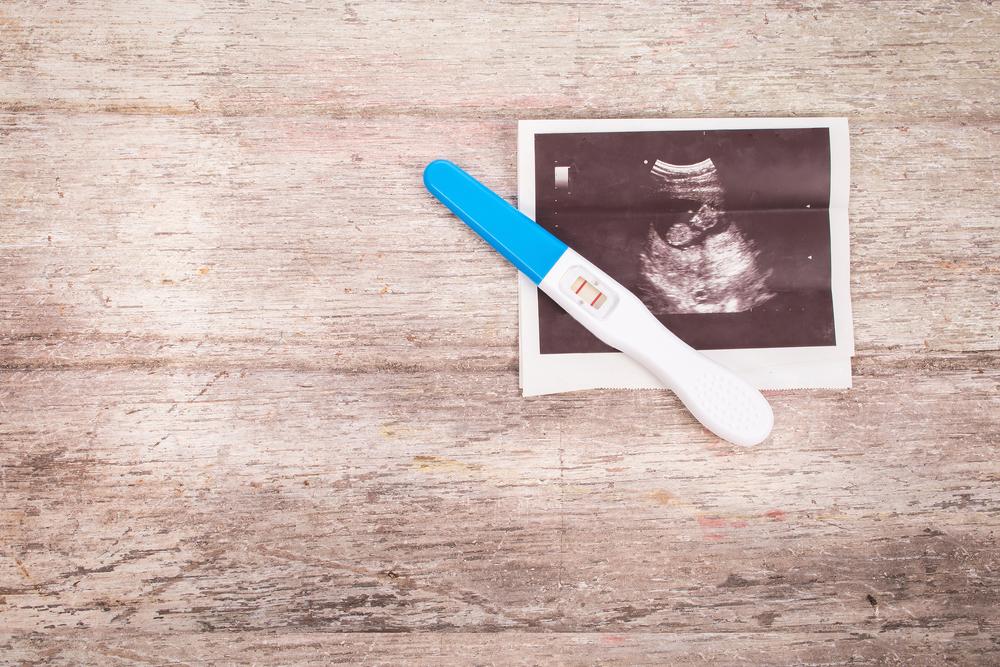Cervical Cancer Screening
Cervical screening is a way of preventing cervical cancer (cancer of the cervix). It uses tests to find abnormal changes in the cells of the cervix. The first part of cervical screening is to have a smear test. This is also called the cervical screening test.
Why have cervical screening?
Abnormal cell changes in the cervix are common, and often improve naturally. But sometimes these changes need treatment because there is a risk they may develop into cancer.
Abnormal changes cause no symptoms. You will not know if you have them unless you have cervical screening. Screening finds abnormal cell changes, including the ones that are most likely to become cancer. These cells can then be treated. This is an effective way of preventing cervical cancer.
Who can have cervical screening?
Cervical screening is for anyone who has a cervix. It is important to have, even if you have had the HPV vaccination. The vaccination protects against the most common types of high-risk HPV that cause cervical cancers. But it does not protect against all types.
It is safe to have cervical screening if you are pregnant, but you can usually delay it if you prefer. A screening test (the cervical smear test) during pregnancy may cause a small amount of bleeding afterwards. This is normal and does not affect your baby.
Women
The NHS will contact you when it is time for your cervical screening if you are:
- 25 to 64 years old
- registered as female with a GP.
You do not need screening if you have had surgery to remove your cervix. If you have had surgery to the cervix, vagina or womb but you are not sure what your operation involved, your GP can find out from your medical records.
If you are not sure about having cervical screening for any reason, talk to your GP, practice nurse or sexual health service.
Trans and non-binary people
If you are a trans man or non-binary person and have a cervix, you should have screening too. But, you may not be sent an invitation if you are registered as male with your GP. Tell your GP if you want to have cervical screening, so they can arrange regular tests for you.
Jo’s Cervical Cancer Trust (Jo's Trust) has detailed information about cervical screening for trans and non-binary people. You do not need cervical screening if you are a trans woman or were assigned male at birth.
HPV and cervical screening
The main risk factor for cervical cancer is an infection called the human papilloma virus (HPV). There are over 100 types of this virus. Some types of HPV can affect the cervix. The types that cause abnormal cell changes in the cervix are called high-risk HPV.
Usually, the body’s immune system gets rid of the infection naturally. There are no symptoms and often the virus does not cause damage. Most people will never know they had it.
In some people, the immune system does not get rid of the infection and the virus stays in the body for longer. We do not know exactly why this is. If the cervix is affected by HPV for a long time, the virus can cause damage that may eventually cause cancer.
HPV is very common, and most people are infected with it at some point. It can affect all sexual orientations and anyone who has ever been sexually active. This includes people in a long-term relationship with one partner. HPV may still affect you even if you have not been sexually active for some years.
The virus can live on the skin around the whole genital area. It passes easily from person to person during any type of sexual contact, including skin-to-skin genital contact, or sharing sex toys. Using a condom or other barrier contraception may reduce your risk of HPV infection, but it does not offer complete protection.
If you smoke
Smoking makes it harder for your body to get rid of an HPV infection. This means that if you smoke you have a higher risk of cervical cancer. If you want to give up smoking, your GP can give you advice.
Cervical screening results
Test results in England, Scotland and Wales
In England, Scotland and Wales, your cervical smear sample is tested for high-risk HPV. Samples that show HPV are then checked under a microscope for abnormal cells. Your test result may show one of the following:
No HPV
HPV but no abnormal cells
HPV and abnormal cells
An unclear result
Test results in Northern Ireland
In Northern Ireland, your cervical smear sample is checked under a microscope for abnormal cells. Your test result may show one the following:
No changes
Not enough cells to test
Minor changes
Changes which require further tests
If your sample shows any other type of change, you will be referred for a procedure called a colposcopy to find out more.
Your feelings about test results
Often, the hardest part of cervical screening is waiting for results. It is natural to worry about this.
Getting an abnormal test result can be stressful. You may find the uncertainty difficult to cope with. And it can be frustrating to find you need more tests or treatment and will have to wait for results again.
It is important to remember that most people who have an abnormal test result will not develop cervical cancer. The aim of screening is to find the small number of people who need treatment to prevent cancer. Research shows that screening tests in the UK are good at this.
Colposcopy
If your cervical smear test shows abnormal cells, you may have a different test to look closely at your cervix. This is called a colposcopy. During the colposcopy you may:
- Be offered treatment to remove the abnormal cells
- Have a small sample (biopsy) of the cells collected
Making treatment decisions
Before any treatment, you should be given time and information to make a decision. If you have questions, want more time or are not sure, the treatment can always be done another day. Your doctor or nurse will only offer treatment if they are sure the cells are very abnormal and there is a risk of cancer developing.
What is cervical intra-epithelial neoplasia (CIN)?
Cervical intra-epithelial neoplasia (CIN) is a term that describes the most common type of abnormal cells found during colposcopy.
CIN is graded by how deep the cell changes go into the surface of the cervix:
CIN 1 - CIN 1 means one third of the thickness of the cervical surface layer is affected by abnormal cells. This will often return to normal without any treatment at all. You will have further cervical smear tests or colposcopies to check the cells have improved. If these tests show the CIN 1 is not improving, you may be offered treatment.
CIN 2 - CIN 2 means two thirds of the thickness of the cervical surface layer are affected by abnormal cells. There is a higher risk the abnormal cells will develop into cancer. You may be offered treatment to stop this happening, or another colposcopy
CIN 3 - CIN 3 means the full thickness of the cervical surface layer is affected by abnormal cells. CIN 3 is also called carcinoma-in-situ. This sounds like cancer, but CIN 3 is not cervical cancer. Cancer develops when the deeper layers of the cervix are affected by abnormal cells. You will be offered treatment to stop this happening.
Treating abnormal cells
After a colposcopy, you may be offered treatment to remove an area of abnormal cells. There are different types of treatment. You usually only need one treatment to remove the abnormal cells completely.
Follow-up after treatment
Treatments for abnormal cells of the cervix are usually very successful. You will be asked to have another cervical smear test about 6 months after your treatment. Your sample will be carefully checked for signs of abnormal cells and for high-risk HPV. What happens next depends on the results:
- If the sample shows no HPV, you will be asked to have cervical screening again in 3 years. Your risk of developing more serious abnormal changes in this time is very low.
- If the sample shows HPV, you will be asked to have another more detailed check-up, with a colposcopy.
Sometimes the colposcopy shows that an abnormal area of cells has come back, and more treatment is needed. This is not very common. The same types of treatment can often be used again to remove or destroy the abnormal area of cells.
If you are struggling to cope with worries about cervical screening, it may help to talk about it. You may want to talk to a friend or family member. Your GP or practice nurse can answer any questions you have and explain ways they can support you.




























